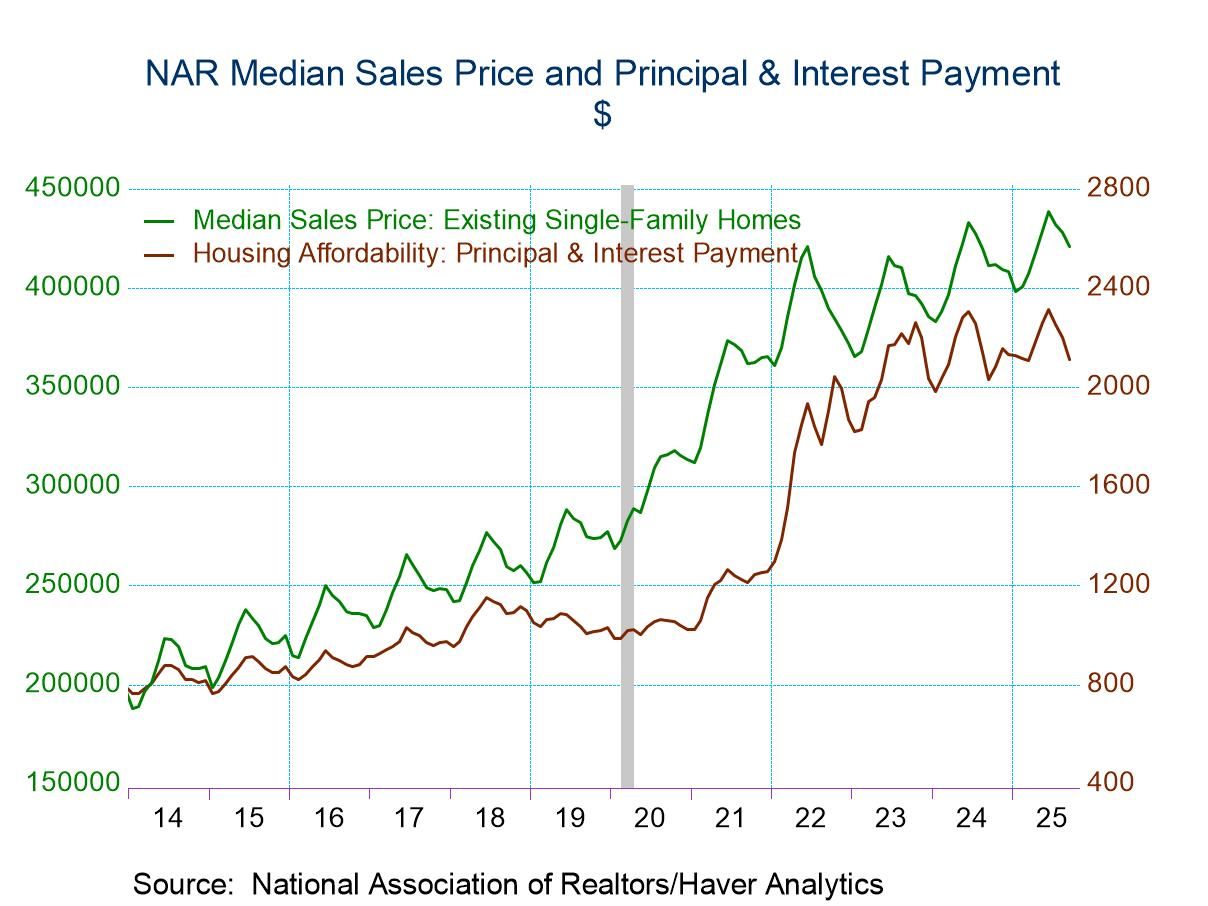 Global| Dec 24 2020
Global| Dec 24 2020State Coincident Indexes in November
Summary
The Federal Reserve Bank of Philadelphia's state coincident indexes in November show increasing divergence in performance. While 5 states saw increases of 10 percent or more in the three months since August (Massachusetts remained in [...]
The Federal Reserve Bank of Philadelphia's state coincident indexes in November show increasing divergence in performance. While 5 states saw increases of 10 percent or more in the three months since August (Massachusetts remained in the lead, with a gain of more than 20 percent), 24 states had increases under 5 percent, with Arizona showing an outright decline. Yet again, the national index, up only 1.5 percent was completely unrepresentative of the aggregated state figures (though Texas's increase was a meager 1 percent, the other very large states were above the national figure).
Over the last 12 months 9 states—all except Georgia on the small side—avoided negative moves in their indexes (Vermont was unchanged, the other 8 had increases). Hawaii was yet again the weakest state, with a decline of more than 20 percent percent; Maryland's 9.9 percent drop ranked 49th. New York—down 9 percent—was the weakest of the very large states. 43 states saw their indexes grow from October to November, with Hawaii's 12.4 percent gain being the largest (putting this in context with Hawaii's decline gives a grim idea of the size of the state's peak to trough drop in activity). On the other side, Connecticut's index fell 4 percent, which appears to be mainly a correction from an unusually large increase in October.
In recent months, 6 states have set new record highs in their indexes (Georgia, Idaho, Kentucky, Missouri, Nebraska, and Utah), though in some the November reading was off a bit from the mark. Many states, though, remain way below their peaks.
Charles Steindel
AuthorMore in Author Profile »Charles Steindel has been editor of Business Economics, the journal of the National Association for Business Economics, since 2016. From 2014 to 2021 he was Resident Scholar at the Anisfield School of Business, Ramapo College of New Jersey. From 2010 to 2014 he was the first Chief Economist of the New Jersey Department of the Treasury, with responsibilities for economic and revenue projections and analysis of state economic policy. He came to the Treasury after a long career at the Federal Reserve Bank of New York, where he played a major role in forecasting and policy advice and rose to the rank of Senior Vice-President. He has served in leadership positions in a number of professional organizations. In 2011 he received the William F. Butler Award from the New York Association for Business Economics, is a fellow of NABE and of the Money Marketeers of New York University, and has received several awards for articles published in Business Economics. In 2017 he delivered Ramapo College's Sebastian J. Raciti Memorial Lecture. He is a member of the panel for the Federal Reserve Bank of Philadelphia's Survey of Professional Forecasters and of the Committee on Research in Income and Wealth. He has published papers in a range of areas, and is the author of Economic Indicators for Professionals: Putting the Statistics into Perspective. He received his bachelor's degree from Emory University, his Ph.D. from the Massachusetts Institute of Technology, and is a National Association for Business Economics Certified Business EconomistTM.






